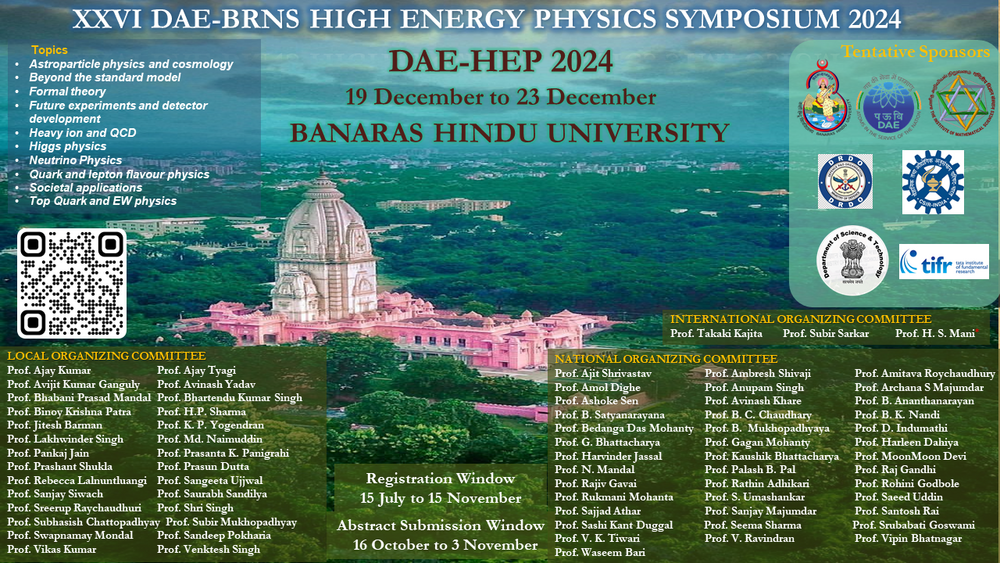Speaker
Description
On Earth, the flux of cosmic rays measured at ground level fluctuates, primarily influenced by two main factors: solar activity in space and atmospheric effects which influence the daily variations of the count rate of particle detectors. However, the effects of temperature, humidity, electric field, and gravity are negligible in comparison to the effect of pressure; and the correction for the pressure is necessary [1].
This study focuses on the relationship of pressure corrected cosmic ray intensity (CRI) modulation through Dayalbagh Educational Air Shower Array (DEASA) and neutron monitors (NM) at different latitudes such as DEASA in India is operated at latitude 22.17 N with cutoff rigidity 14.35 GV which near to tropic of cancer a mid - latitude, Oulu NM in Finland operated at high latitude of 65 N with lower cutoff rigidity of 0.8 GV, and the Don Inthanon NM in Thailand at lower latitude 18 N with high cutoff rigidity of 16.8 GV respectively [2,3].
To remove atmospheric pressure dependence from raw secondary cosmic ray data for the duration of 2020 -2022. The linear regression analysis was applied to observed DEASA raw CRI fluctuations (%) with relative pressure to derive a pressure coefficient of -0.36/mbar in 2020, and -0.50 /mbar in 2022 respectively. Pressure-corrected DEASA CRI were then compared to the neutron monitor data, revealing a degree of correlation $-0.23 \pm 0.10
$ with the Oulu NM and $-0.55\pm 0.07
$ with the Don Inthanon NM, suggesting latitude-dependent responses to cosmic ray modulation. The high / low amplitudes in CRI have been investigated during 2020-22 using the neutron monitor data for different latitudes. Finally the harmonics of daily variations in CRI for different latitudes will be presented.
This comparative analysis highlights the influence of latitude, cutoff rigidity, and atmospheric pressure on CRI. The results advance our understanding of CRs behavior across varying latitudes and provide insights into solar modulation effects, enhancing the accuracy of CR Intensity. This work has implications for space weather prediction and contributes to broader studies in high-energy astrophysics[4].
References
[1.] Arcani, Marco, et al. "The Astroparticle Detectors Array—An Educational Project in Cosmic Ray Physics." Symmetry 15.2 (2023): 294.
[2.] Bhatnagar, Sonali. "DEASA studies and applications to space physics and muon tomography." SciPost Physics Proceedings 13 (2023): 023.
[3.] https://www.nmdb.eu/station/ .
[4.] Chilingarian, A. A., and A. E. Reymers. "Particle detectors in solar physics and space weather research." Astroparticle Physics 27.5 (2007): 465-472.
| Field of contribution | Experiment |
|---|

